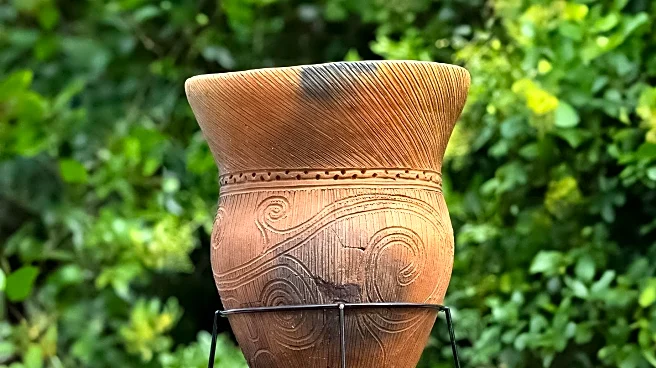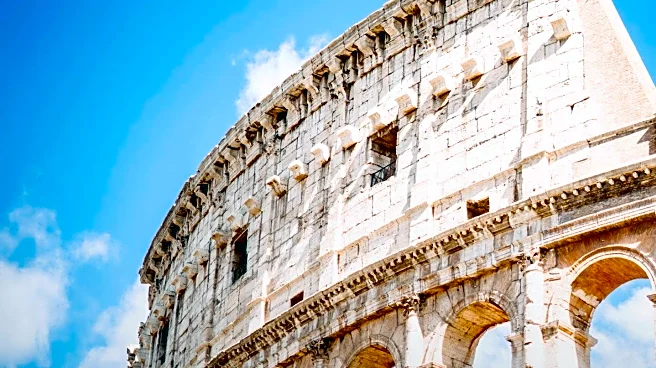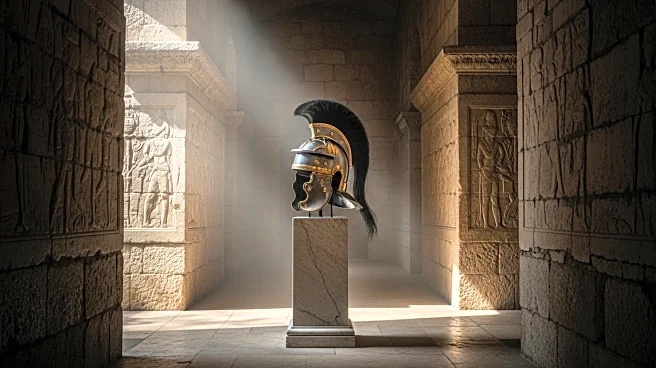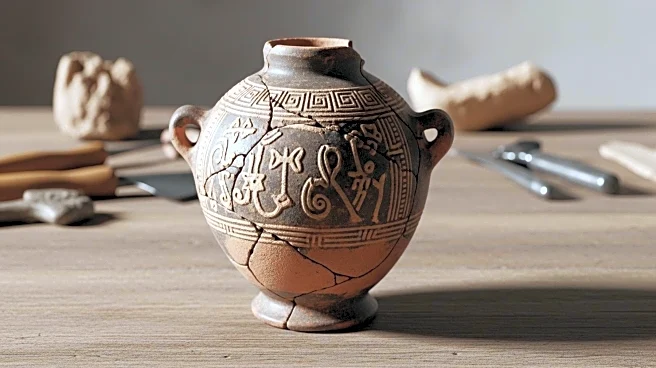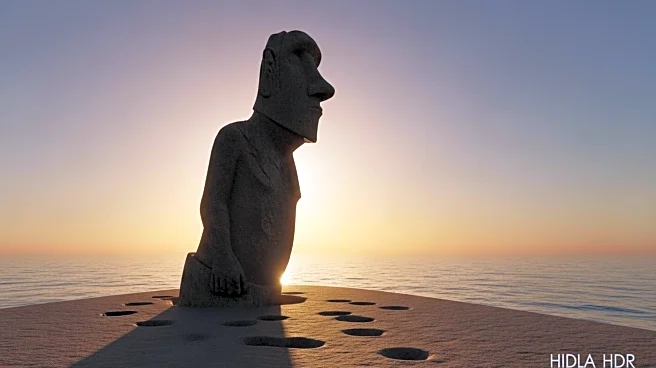What's Happening?
A family in New Orleans uncovered a marble tablet with Latin inscriptions, including the phrase 'spirits of the dead,' while cleaning their backyard. Tulane University anthropologist Daniella Santoro and classical archaeologist Susann Lusnia identified the tablet as a 1,900-year-old grave marker of Roman sailor Sextus Congenius Verus. The tablet, missing from an Italian museum for decades, was originally part of a cemetery in Civitavecchia, Italy. The FBI is in discussions with Italian authorities for its repatriation.
Why It's Important?
The discovery of the Roman artifact in New Orleans highlights the unexpected connections between historical artifacts and modern locations. It underscores the importance of preserving cultural heritage and the role of international cooperation in repatriating artifacts. The find also raises awareness about the historical significance of Roman grave markers, which were crucial for maintaining legacies in Roman culture. This event may prompt further investigations into other missing artifacts and their potential locations.
What's Next?
The FBI's involvement suggests potential legal and diplomatic actions to return the artifact to Italy. The repatriation process may involve negotiations between U.S. and Italian authorities, setting a precedent for future cases of artifact recovery. The story may also inspire local interest in archaeology and history, potentially leading to more discoveries in the area. The involvement of media and public interest could accelerate the repatriation process and increase scrutiny on similar cases.
Beyond the Headlines
The rediscovery of the tablet may lead to discussions on ethical considerations in artifact ownership and the responsibilities of private individuals in preserving historical items. It also highlights the cultural impact of World War II on artifact displacement and the long-term effects of war on cultural heritage. The story may encourage educational initiatives to teach the public about the importance of historical preservation and the complexities of cultural heritage management.

